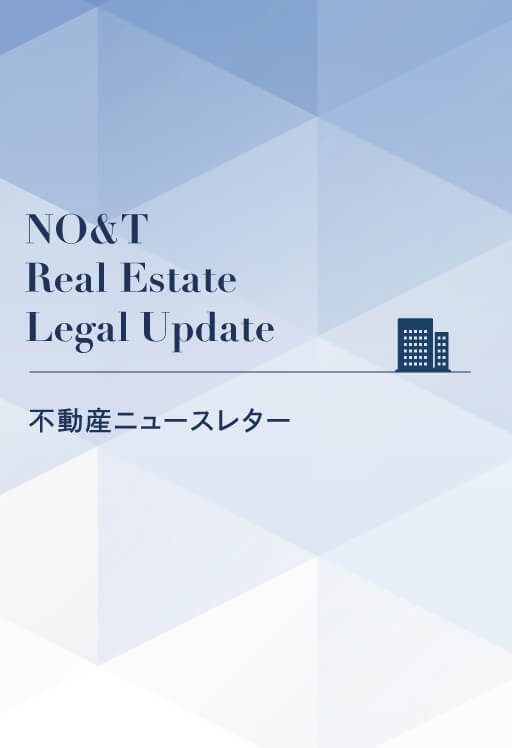
NO&T Real Estate Legal Update
This article is also available in Japanese.
3D Investment Partners (“3D”) recently commenced two unsuccessful TOBs※1 without targets’ consent to acquire investment units in two J-REITs listed on the Tokyo Stock Exchange, NTT UD REIT Investment Corporation (“NTTUD REIT”) and Hankyu Hanshin REIT, Inc. (“Hankyu Hanshin REIT”). The outline and results of these unsuccessful TOBs are set out below.
| NTTUD REIT | Hankyu Hanshin REIT | |
|---|---|---|
| Commencement date (date of public notice) | January 28, 2025 | February 13, 2025 |
| Purpose of the TOB | Purely for Investment | Purely for Investment |
| Percentage of ownership interest held by 3D-related parties prior to TOB | 2.19% | 1.34% |
| Maximum number of investment units for the TOB (expressed as percentage) | 15% | 15% |
| Minimum number of investment units for the TOB (expressed as percentage) | 10% | 10% |
| NAV (net asset value) ratio as of the business day immediately prior to the TOB announcement | Approx. 82% | Approx. 72% |
| Premium of the TOB price over the market price as of the closing of the business day immediately prior to the TOB announcement (expressed as a percentage) | Approx. 10% | Approx. 10% |
| End of the TOB period (after extensions) | March 21, 2025 | April 4, 2025 |
| Result of the TOB | Unsuccessful because the minimum number of investment units was not achieved | Unsuccessful because the minimum number of investment units was not achieved |
As both TOBs failed, 3D was unable to acquire a large number of investment units in the listed J-REITs (i.e., NTTUD REIT and Hankyu Hanshin REIT) through TOBs.
On August 31, 2023, the Ministry of Economy, Trade and Industry (METI) published the Guidelines for Corporate Takeovers (the “Guidelines”) which sets out principles and best practices that should be shared among the business community for the purpose of developing fair rules regarding M&A transactions. The Guidelines focus on how parties should behave when involved in or confronted with attempts to acquire management control of listed companies. Following the Guideline’s issuance, a number of TOBs without targets’ consent have been initiated to acquire shares in Japanese listed business companies, and listed J-REITs have now become targets as well.
3D’s TOBs mentioned above were not the first time an entity initiated a TOB without consent for investment units in a listed J-REIT. In April 2021, Starwood Capital Group (“Starwood”) initiated a TOB for investment units in Invesco Office J-REIT Investment Corporation (“IOJ”), a listed J-REIT, without obtaining consent of IOJ. To counter this TOB, Invesco Group, the sponsor of IOJ, successfully conducted a counter TOB for investment units in IOJ with the consent of IOJ’s management, which resulted in IOJ going private. The two 3D cases mentioned above and the IOJ case can be summarized as follows.
| NTTUD REIT | Hankyu Hanshin REIT | IOJ | |
|---|---|---|---|
| Acquirer | 3D | 3D | Starwood |
| Sponsor | NTT Urban Development Corporation | Hankyu Hanshin Properties Corp. | Invesco Real Estate |
| Asset Portfolio Value | 341,391 million JPY (Appraisal value basis) | 180,021 million JPY (Acquisition price basis) | 274,320 million JPY (Appraisal value basis) |
| Main asset class | Office and residential buildings | Commercial properties | Office buildings |
| Main area of property locations | Greater Tokyo area | Kansai area (including Osaka, Kobe, and Kyoto) | Greater Tokyo area |
| NAV ratio (before TOB announcement) | 82% | 72% | 99% |
| Result | Failure | Failure |
Failure (Privatized through TOB by Sponsor group) |
Although acquisition structure was not a TOB, there is also a J-REIT acquisition case via a merger between Sakura Sogo REIT Investment Corporation (“Sakura REIT”) supported by its sponsor Galileo Group (“Galileo Group”) and Star Asia Investment Corporation (“Star Asia REIT”) supported by its sponsor Star Asia Group (“Star Asia”). This merger transaction originated from a proposal made in May 2019 by Star Asia to Sakura REIT, proposing that changes be made to the asset management company and the executive director of Sakura REIT. In this case, there had been no discussions or negotiations between Star Asia and the board of directors of Sakura REIT prior to the announcement of Star Asia’s proposal. In order to facilitate the merger discussions with Star Asia REIT, Star Asia proposed (i) the change of the executive director of Sakura REIT, (ii) termination of the existing asset management agreement between Sakura REIT and Galileo Group’s asset management company, and (iii) execution of a new asset management agreement with Star Asia REIT’s asset management company. After a request to convene a general meeting of Sakura REIT’s unitholders for consideration and vote on the above-mentioned proposals and a subsequent proxy fight, Star Asia’s proposals were approved at Sakura REIT’s general meeting of unitholders and ultimately Sakura REIT merged with Star Asia REIT.※2
There are 57 J-REITs listed on the Tokyo Stock Exchange (as of the end of March 2025), and considering the limited number of listed J-REITs, it can be said that the number of cases of acquisition proposal without consent against J-REITs is rather large compared to TOBs without consent against listed business companies. The reason for this can be attributed to the fact that (i) listed J-REITs have a simple business model that basically only allows them to manage real estate properties in their portfolios for lease, (ii) since the real estate appraisals and other market valuations of each portfolio asset held by J-REITs are timely disclosed and periodically updated, it is not difficult to conduct asset portfolio valuations and due diligence on the target J-REIT based on publicly available information, making them easy acquisition targets when the market price of units is below their NAV, (iii) unlike business companies, J-REITs cannot employ employees and are pure asset holding vehicles so the number of stakeholders affected by acquisitions is limited, and (iv) the percentage of investment units in J-REITs held by their sponsors (parent companies of asset management companies) is generally low, making it relatively easy to acquire a significant interest in a J-REIT through the acquisition of investment units directly from the market.
Regarding J-REITs that were targets of acquisition proposals, their asset portfolios mainly consisted of traditional sector real estate assets such as office buildings, residential buildings, and commercial properties, and the locations of these properties were predominantly in metropolitan areas such as the greater Tokyo area and Kansai area.※3 The ease of valuations, the high portfolio liquidity or marketability, and the limited impact of acquisitions on the operations of the properties held, may be considered as incentives for the selection of J-REITs as acquisition targets by potential acquirers.
Even now when the economic forecast is difficult to anticipate due to the trade tariffs imposed by the Trump administration and other factors, acquisition proposals without consent against listed J-REITs, which are considered less susceptible to cross border trade instability at least in the short term, may continue going forward.
When a TOB is commenced, the target listed J-REIT will be required to take various actions in a brief period of time, including analyzing the details of the TOB registration statement, expressing its opinion on the TOB, and deciding whether and what countermeasures are necessary. The following is a summary of the dates of the major events in the two TOB cases initiated by 3D mentioned above.
| Schedule for TOB against NTTUD REIT | |
|---|---|
| 1/28/2025 | Commencement of TOB by 3D |
| 1/28/2025 | Initial Comment Disclosure on TOB by NTTUD REIT |
| 2/10/2025 | Statement of Opinion (Reserved) and Submission of Questionnaire to 3D by NTTUD REIT |
| 2/13/2025 | 3D’s response report |
| 2/18/2025 | Statement of Opinion on TOB by NTTUD REIT (Neutral) |
| 3/21/2025 | End of TOB period |
| 4/25/2025 | Announcement of completion of acquisition of additional investment units by NTT Urban Development Corporation (sponsor) |
| Schedule for TOB against Hankyu Hanshin REIT | |
|---|---|
| 2/13/2025 | Commencement of TOB by 3D |
| 2/13/2025 | Disclosure of Initial Comments on TOB by Hankyu Hanshin REIT |
| 2/25/2025 | Statement of Opinion (Reserved) and Submission of Questionnaire to 3D by Hankyu Hanshin REIT |
| 3/4/2025 | 3D’s response report |
| 3/19/2025 | Statement of Opinion on TOB by Hankyu Hanshin REIT (Neutral) |
| 3/19/2025 | Announcement of acquisition of additional investment units by Hankyu Hanshin Properties Corp. (sponsor) |
| 4/4/2025 | End of TOB period |
Under Japan’s Financial Instruments and Exchange Act (the “Act”), a statement of opinion (including questions in cases where the right to ask questions of the potential acquirer is exercised) must be submitted by the target listed J-REIT within 10 business days from the date of public notice of the commencement of the TOB (Article 27-10, Paragraph 1 of the Act, and Article 13-2, Paragraph 1 of the Enforcement Order of the Act). However, in the case of a TOB without consent, it is often difficult for the target J-REIT’s management to form an opinion on the TOB within 10 business days of the date of public notice of the commencement of the TOB. Therefore, opinion on the TOB is usually reserved at this stage, and submit questionnaire to the acquirer in the opinion report when the right to ask questions is exercised. Then, after reviewing the acquirer’s responses to the submitted questions (which are to be submitted within five business days from the date of submission of the opinion report setting forth the questionnaire), the target J-REIT’s management will issue the final opinion on the TOB during the TOB period (provided that issuance of the final opinion should allow investors sufficient time to make informed decisions, after reviewing such final opinion, on whether to sell their investment units under the terms of the TOB).
In the case of a TOB without consent to acquire investment units of a listed J-REIT, a prior discussion between the potential acquirer and the J-REIT’s management regarding the TOB typically does not occur. Additionally, in the case of a listed J-REIT that has not taken steps to prepare for the TOB, the selection of a financial advisor usually occurs sometime after the commencement of the TOB. Further, when considering the steps necessary for completion of the initial opinion on the TOB and submission of the questionnaire to the potential acquiror, there are a wide variety of tasks for the J-REIT to perform, such as (i) selection of a financial advisor, (ii) analysis of the TOB registration statement and information on the acquirer, (iii) consideration of the necessity for and details of countermeasures by related parties including the sponsor, (iv) analysis of the existing unitholders, and (v) preparation and consideration of a statement of opinion and (in the case where the right to ask questions is exercised) a questionnaire, within 10 business days from the date of public notice of the commencement of the TOB. Furthermore, in the case of a listed J-REIT, there are no employees and only one or two full-time executive officers, and in many cases, the asset management company is also operated by a small group of individuals, which is not the case for a listed business company, meaning that the above measures must be undertaken by a team with limited members. Therefore, there is a need to heavily rely on external advisors such as financial advisors and legal advisors. Considering the above, it would be advisable to contact potential advisors in advance and analyze potential TOB scenarios and prepare a response structure to prepare for potential acquisition proposals, when there is such a possibility.
As mentioned above, in the cases of 3D’s tender offers to acquire investment units in NTTUD REIT and Hankyu Hanshin REIT, the sponsors of the targets each acquired additional investment units. Listed J-REITs have developed to become important investment vehicles in Japan through formal and informal support, symbolized by the property acquisition pipeline, from their sponsors, which are parent companies of the asset management companies. In addition to the takeover-prevention implications, the sponsors may be required to increase their ownership ratios in J-REITs in order to demonstrate sponsor support in a more robust manner. This trend is not limited to the two J-REITs that were the target of TOBs initiated by 3D. For example, on March 24, 2025, Tokyu Corporation released its plan to acquire additional investment units in Tokyu Real Estate Investment Corporation, and on April 16, 2025, Daiwa House Industry Co. Ltd. released its plan to acquire additional investment units in Daiwa House REIT Investment Corporation. Although these are all additional purchases of investment units through the market, it may be another option to acquire additional investment units through third-party allotments to sponsors or designated allocation at the time of public offerings, in conjunction with property acquisitions from sponsors.
In addition, while the acquisitions without targets’ consent involving listed J-REITs in the past have been attempts to acquire 100% of the target listed J-REIT through TOBs followed by mergers with their affiliated J-REIT or squeeze-out of minority unitholders to acquire the balance of the target J-REIT’s investment units, the TOBs initiated by 3D were TOBs in which the number of investment units for each TOB was limited since the purpose for each TOB was purely investment (i.e., there was no intention to acquire management control over the target J-REITs based on 3D’s TOB disclosure documents). Considering the possibility of acquisition proposals without consent occurring in the future, listed J-REITs have a variety of matters to consider and acquisition scenarios to analyze, such as the medium- to long-term effects on the management of the listed J-REITs if a TOB of certain threshold unitholding ratio, like 3D’s proposals, is successful and the response strategy in such a scenario. In any case, it can be said that TOBs without consent this time have raised new issues in relation to listed J-REITs market practices.
*1
In both cases, the entity which conducted the TOB was a trust established under the laws of the Cayman Islands for which 3D provides discretionary investment management services to its trustee.
*2
As a result of this case, the so-called “deemed affirmative vote” system (Article 93 of the Investment Trust and Investment Corporations Act) under which unitholders who do not attend a general meeting of unitholders and do not exercise their voting rights are deemed to affirm the proposals submitted for consideration and decision at the general meeting of unitholders, except in cases where multiple conflicting proposals are submitted, was recognized as a practical issue. There has been a movement among listed J-REITs to amend their articles of incorporation to exclude or have the option to exclude the application of such deemed affirmative vote system for certain proposals, such as proposals for dismissal of directors and for termination of asset management agreements with asset management companies, where it is assumed that it would be difficult to submit conflicting proposals to avoid the deemed affirmative votes.
*3
Sakura REIT’s main assets were office buildings, and the main area of its property holdings was the greater Tokyo area.
This newsletter is given as general information for reference purposes only and therefore does not constitute our firm’s legal advice. Any opinion stated in this newsletter is a personal view of the author(s) and not our firm’s official view. For any specific matter or legal issue, please do not rely on this newsletter but make sure to consult a legal adviser. We would be delighted to answer your questions, if any.
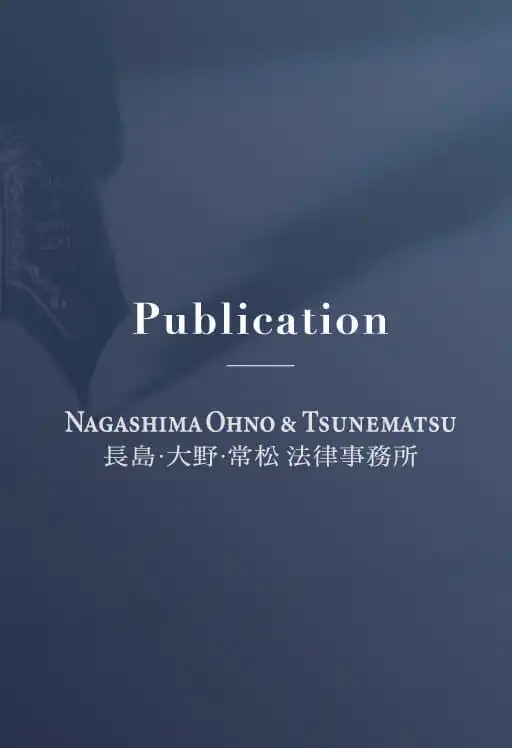

(September 2025)
Yasuhiro Kasahara, Masaki Mizukoshi, Yoshitaka Kato (Co-author)
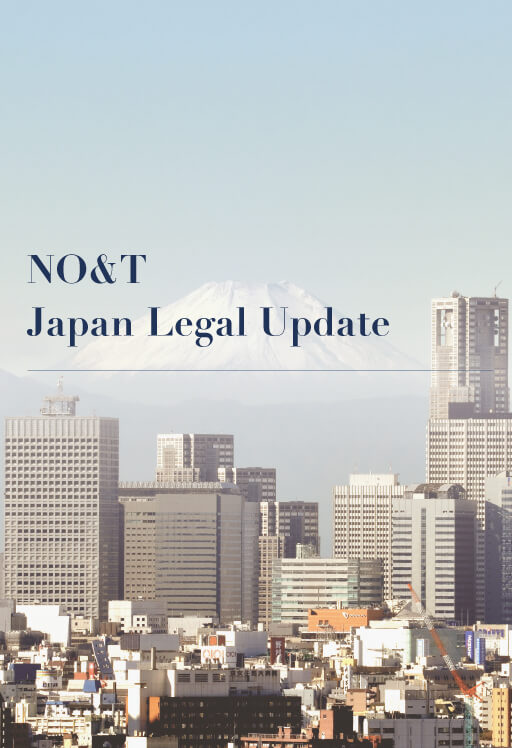

Yusei Uji
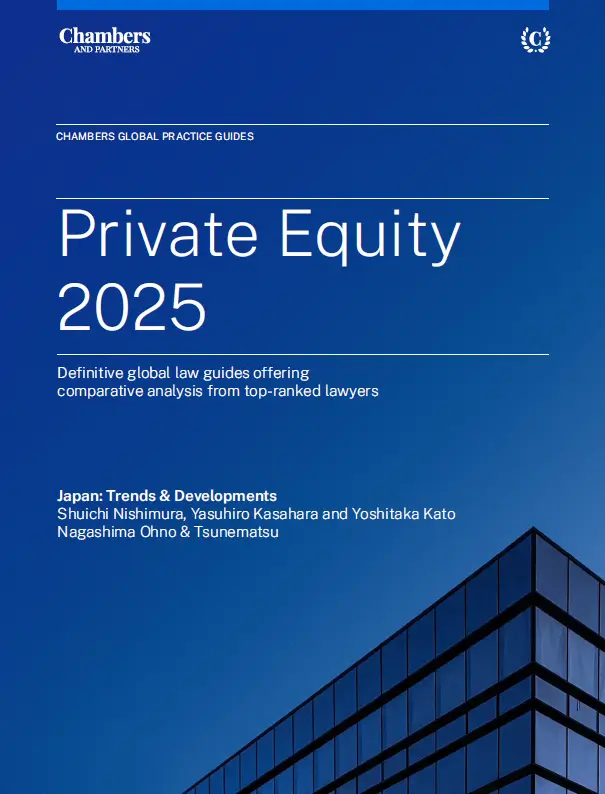

(September 2025)
Shuichi Nishimura, Yasuhiro Kasahara, Yoshitaka Kato (Co-author)
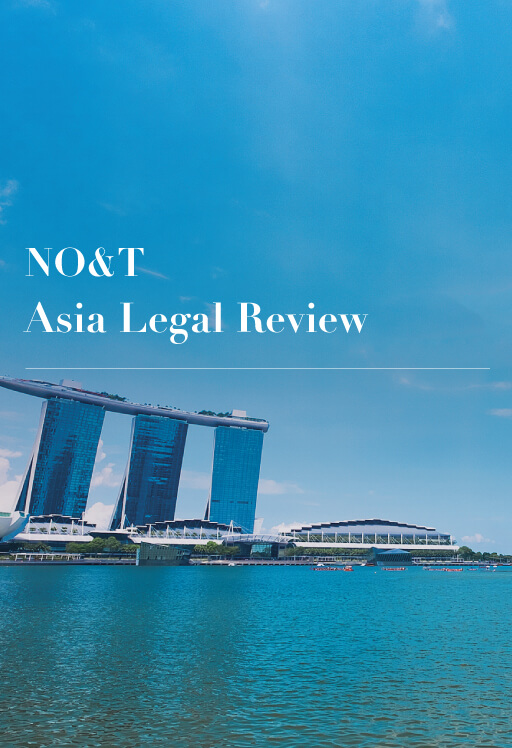

Ichsan Montang, Valencia Wijaya (Co-author)


(September 2025)
Yasuhiro Kasahara, Masaki Mizukoshi, Yoshitaka Kato (Co-author)


Yusei Uji


(September 2025)
Shuichi Nishimura, Yasuhiro Kasahara, Yoshitaka Kato (Co-author)


Ichsan Montang, Valencia Wijaya (Co-author)


Masato Kumeuchi, Kodai Ebihara (Co-author)


Hoai Tran


Makoto Saito, Shinichiro Horaguchi, Yoshihisa Watanabe, Ramsay Randall (Co-author)


Makoto Saito, Shinichiro Horaguchi, Yoshihisa Watanabe, Ramsay Randall (Co-author)


Masato Kumeuchi, Kodai Ebihara (Co-author)


Takashi Itokawa, Takahiro Kitagawa (Co-author)


Kenji Utsumi, Masatsura Kadota, Junji Yamanaka (Co-author)


(December 2024)
Mami Ikebukuro, Kenji Utsumi, Makoto Saito, Shinichiro Horaguchi, Yoshihisa Watanabe (Co-author)